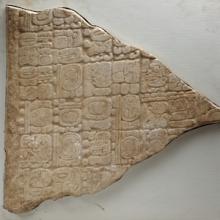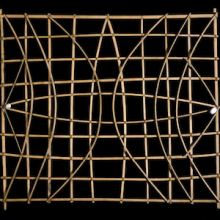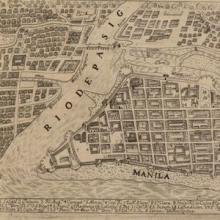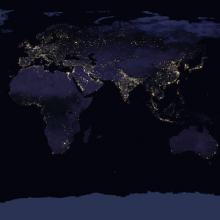Ancient (before 500 CE)

Short Teaching Module: Maya Writing
In the period from 200 to 900 C.E, which scholars later labelled the Classic Period, the Maya developed the most complex writing system in the Americas, a script with nearly a thousand characters (termed “glyphs”) that represent concepts and sounds, which over the last fifty years has been largel

Maya Monument with glyphs, 4th-9th centuries
This stone monument carved with glyphs comes from Tortuguero, a Maya archeological site in southernmost Tabasco, Mexico that has been badly damaged by development. The monument is in a museum in Tabasco, and the smaller fragment is in the Metropolitan Museum in New York City.

Short Teaching Module: History of the Pacific Ocean
Scholars of Pacific history explore how people build lives dependent on the ocean, how maritime connections create communities, and how humans and the environment shape each other.

Primer: Global Urban History
Urban history is a rich subfield of historical scholarship that examines life in urban spaces, how communities within cities interact and coexist, as well as the process of city formation and urbanization.
Native Languages of the Americas
Native Languages of the Americas is a potent and valuable resource for introducing historical and contemporary linguistics into the classroom as an extension of the discussion of native peoples in the Western Hemisphere.
Primer: The History of Globalization
Globalization, defined here as the integration of an interdependent economy that simultaneously enhances cultural exchanges relying on the mobility of people, animals, plants, pathogens, objects, and ideas, is a useful concept for exploring connections across space and time.
Persian Language Rare Materials
The Persian Language Rare Materials Collection is an online repository of manuscripts, printed books, lithographs, and imprints which have a variety of purposes, including discussing scientific, religious, philosophical and literary topics.Diotíma
Diotima holds materials related to teaching Ancient Mediterranean Studies from a feminist perspective, including bibliographies, open access images, as well as syllabi.
Online Museum Educational Resources in Asian Art
The OMuERAA connects with more than one hundred museums, making a rich array of educational materials available to students and instructors